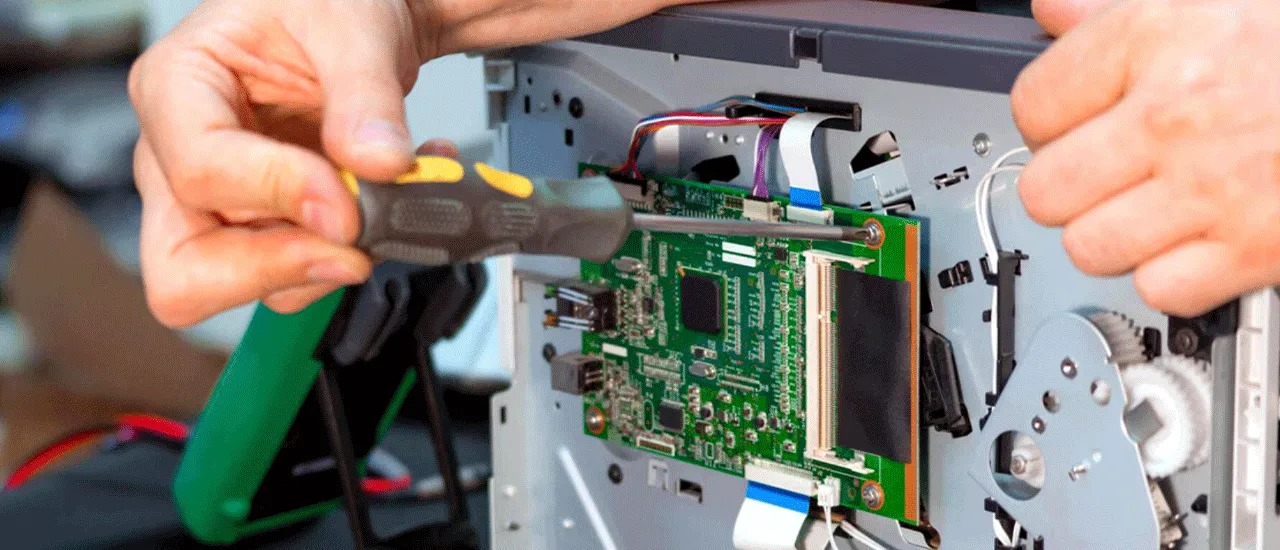Electro-mechanical assembly is at the heart of countless products that power industries, homes, and workplaces. This process combines electrical and mechanical components to create integrated systems, from consumer electronics and medical devices to aerospace equipment and industrial machinery. For manufacturers and engineers, understanding the nuances of electro mechanical assembly is essential to producing reliable and scalable solutions.
This article will break down the key processes involved in electro-mechanical assembly and explore its benefits for manufacturers and end-users.
What Is Electro-Mechanical Assembly?
Electro-mechanical assembly refers to assembling components that incorporate electrical and mechanical elements. Examples include automated robotic arms, motorized conveyor systems, and medical imaging devices. The complexity of these systems requires precise coordination to boost functionality, safety, and durability.
An electronic assembly manufacturer plays a crucial role in this process, combining advanced technical expertise, high-quality materials, and innovative production techniques to deliver products that meet rigorous industry standards.
Key Processes Involved In Electro-Mechanical Assembly
1. Design And Prototyping
The process begins with detailed design and prototyping. Engineers use computer-aided design (CAD) software to create schematics and 3D models, which help map out how electrical and mechanical components will integrate. This stage also includes simulations to predict performance, ensuring the final product will function as intended.
2. Component Sourcing
Once the design is finalized, manufacturers procure the necessary components. This stage involves sourcing materials such as wires, circuit boards, sensors, motors, and enclosures. The quality of these materials is critical, as subpar components can compromise the performance and lifespan of the final product. Many electronic assembly manufacturers maintain strong relationships with reliable suppliers to secure high-quality materials at competitive prices.
3. Assembly
The assembly phase brings the design to life. Skilled technicians integrate electrical components—such as circuit boards, wiring harnesses, and power supplies—with mechanical elements like motors, gears, and casings. This stage often involves specialized tools and machinery to optimize precision.
4. Testing And Validation
After assembly, the product undergoes thorough testing and validation to verify that all components function correctly. Electrical circuits are tested for stability, and mechanical systems are evaluated for alignment, strength, and durability. A key focus during this stage is ensuring that the electrical and mechanical systems interact seamlessly without interference or malfunction.
5. Quality Assurance
Before a product is shipped, it undergoes final inspections to meet industry standards and customer specifications. Quality assurance teams check for any defects, inconsistencies, or potential vulnerabilities.
The Benefits Of Electro-Mechanical Assembly
1. Streamlined Production Processes
Electro-mechanical assembly allows manufacturers to produce complex and integrated systems efficiently. By partnering with an experienced electronic assembly manufacturer, businesses can consolidate multiple production stages under one roof, reducing lead times and simplifying supply chains.
2. Scalability
Whether a company needs a small batch for prototyping or a large production run, electro-mechanical assembly provides the flexibility to scale operations based on demand. This adaptability is especially valuable for industries like aerospace and telecommunications, where production volumes can vary widely.
3. Enhanced Product Performance
Careful integration of electrical and mechanical components helps products deliver optimal performance. For example, a robotic arm assembled using high-precision techniques will operate more reliably than one built with poorly aligned components.
4. Cost-Effectiveness
Outsourcing to a specialized manufacturer can significantly reduce production costs. These manufacturers have access to advanced equipment, streamlined processes, and bulk purchasing power, enabling them to deliver high-quality assemblies at competitive prices.
5. Compliance And Reliability
Reputable manufacturers adhere to stringent industry standards, ensuring that products meet safety, performance, and regulatory requirements. This is particularly important in sectors like medical devices and aerospace, where compliance is non-negotiable.
Applications Of Electro-Mechanical Assembly
Electro-mechanical assembly plays a pivotal role in numerous industries, supporting a wide range of applications:
- Aerospace: Flight control systems, avionics, and navigation equipment depend on smoothly integrating electrical and mechanical systems.
- Medical devices: Devices like infusion pumps, imaging systems, and surgical robots require precise assembly to improve safety and effectiveness.
- Industrial automation: Systems such as conveyor belts, robotic arms, and automated packaging lines rely on electro-mechanical assembly for smooth operation.
- Consumer electronics: From household appliances to wearable technology, advanced electromechanical assembly techniques make many consumer products possible.
Conclusion
Electro-mechanical assembly is a cornerstone of modern manufacturing, enabling the creation of innovative, high-performance products across industries. By understanding its key processes—design, sourcing, assembly, testing, and quality assurance—electronic assembly manufacturers can produce reliable systems that meet the demands of today’s markets.
